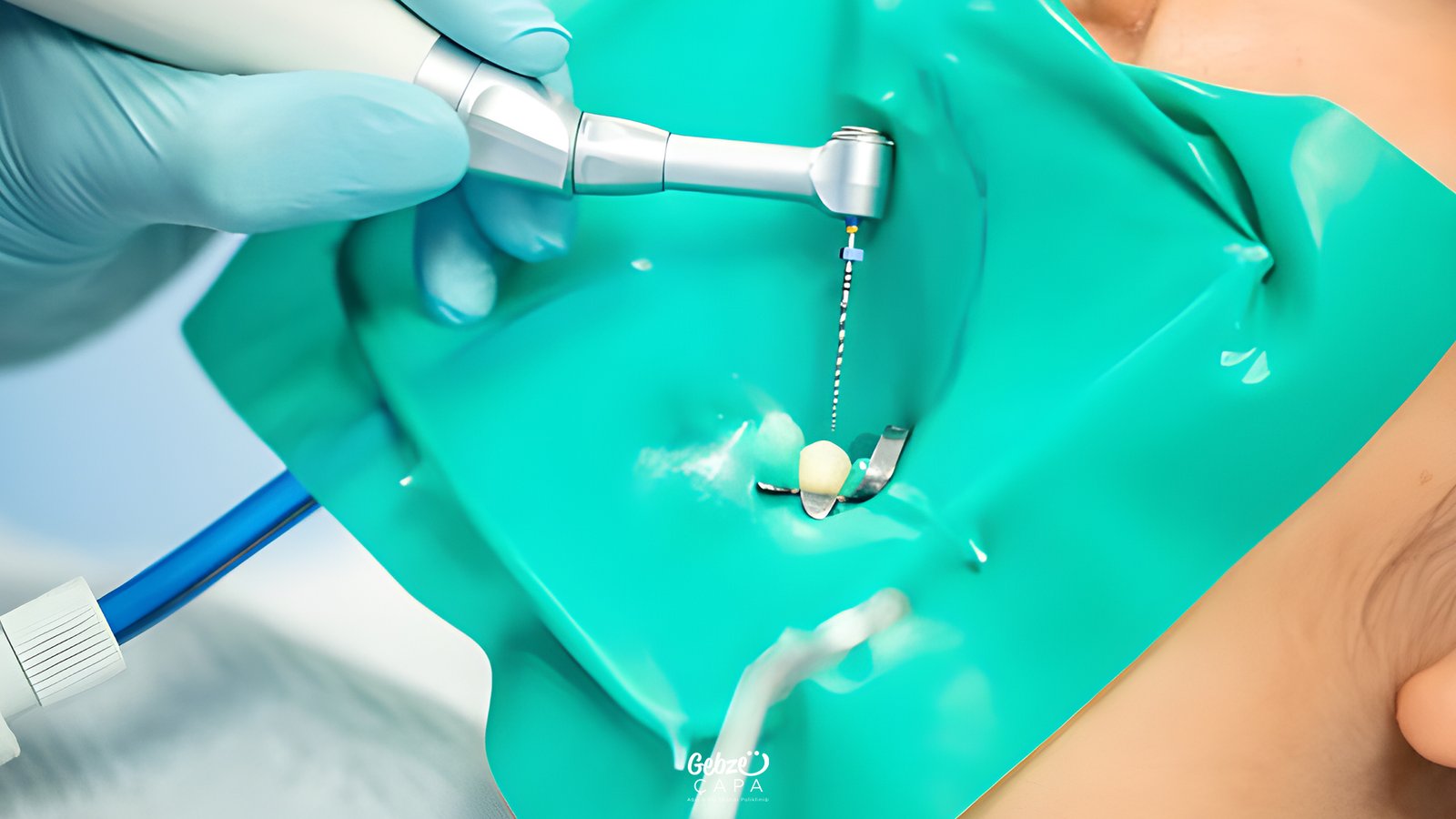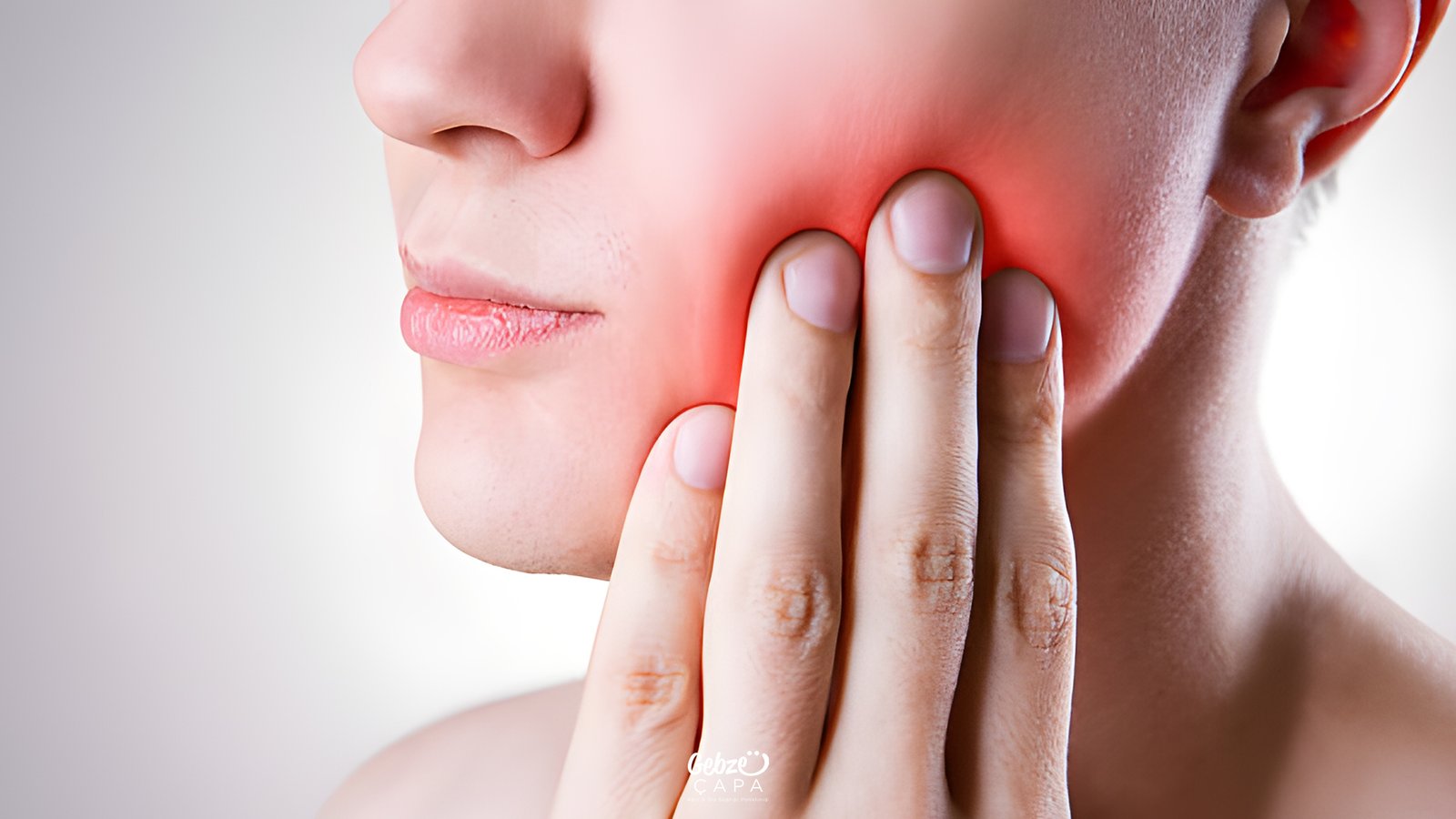Root Canal Treatment Steps
As stated in our title, experiencing toothache after root canal treatment is generally a result of a combination of factors. To understand this condition, it is important to first comprehend root canal treatment and how it is performed.
Root canal treatment is a dental procedure typically employed to address infections that arise within a tooth due to inflammation, decay, or damage. The inner part of the tooth contains soft tissue, nerves, and blood vessels, forming a region known as the pulp. When this pulp becomes inflamed or infected for various reasons, symptoms such as toothache, swelling, and sensitivity may manifest.
Root canal treatment involves removing, cleaning, disinfecting the inflamed or infected pulp from inside the tooth, followed by filling the tooth. This procedure ensures the preservation of the tooth and often helps alleviate pain, swelling, and maintains the tooth’s functionality. However, there are various reasons why toothache may persist after root canal treatment:

Root Canal Treatment and its Fundamental Stages
Root canal treatment is a dental procedure in which the inflamed or infected pulp tissue inside the tooth is removed, and the tooth is preserved. This procedure is typically applied after severe decay, inflammation, or trauma occurs within the inner part of the tooth. Root canal treatment generally consists of four main stages: local anesthesia, pulp removal, cleaning and disinfection, and filling with filling material.
Potential Causes of Toothache After Root Canal Treatment:
There are various potential reasons for experiencing pain after root canal treatment. These include incomplete removal of infection, issues arising from incorrect treatment, changes in the natural structure of the tooth, and jaw-gum problems.
Reappearance of Infection and Inflammation:
If the infection is not completely eliminated during root canal treatment, there is a risk of reinfection as microorganisms within the tooth multiply. In such cases, alternative treatment options like a second root canal treatment or tooth extraction should be considered.
Impact of Changes in the Natural Structure of the Tooth:
Changes in the natural structure of the tooth after root canal treatment can result in additional pressure during chewing. The dentist may recommend additional treatments such as reshaping or correction of the tooth if necessary.
Jaw and Gum Issues:
Pain may not only originate from the tooth but also from the jaw or gums. Inflammation of the gums or issues related to jaw joints can cause pain, and the treatment strategy should be determined accordingly.

Consulting a Dentist and Additional Examination:
Experiencing pain after root canal treatment is a situation that requires seeking a dentist’s advice. A thorough examination and, if necessary, X-ray analysis should be conducted. Accurate diagnosis at this stage is crucial in determining the appropriate treatment.
Additional Factors and Treatment Options:
Among the additional factors contributing to persistent pain after root canal treatment are the appropriateness of the materials used during treatment, the overall health of the tooth, and patient care. Treatment options may include repeated root canal treatment, tooth extraction, or additional dental procedures.
Preventive Measures and Good Oral Hygiene:
Maintaining good oral hygiene is essential to reduce pain after root canal treatment and prevent future issues. Preventive measures such as brushing teeth, using dental floss, and regular dental check-ups can enhance the success of root canal treatment.
Personalized Treatment Plans for Individual Cases:
Each individual’s situation is unique, so creating a personalized treatment plan is crucial. Evaluating factors such as the patient’s overall health, oral hygiene habits, and other considerations, the dentist determines an appropriate treatment strategy. If a person experiences pain after root canal treatment, it is essential to consult a dentist promptly.
The dentist can recommend appropriate treatment by identifying the cause of the pain. This often involves additional examination, X-ray analysis, or, if necessary, a reevaluation of root canal treatment. Consequently, tooth pain after root canal treatment can stem from various reasons, and each case is individual. Therefore, it is crucial to communicate with a dentist to determine the origin of the pain and provide suitable treatment.


